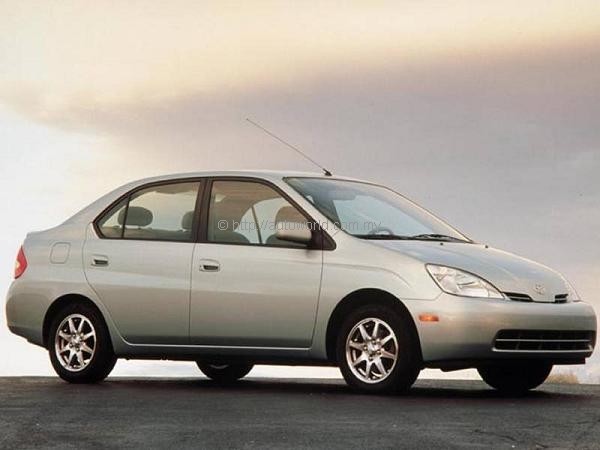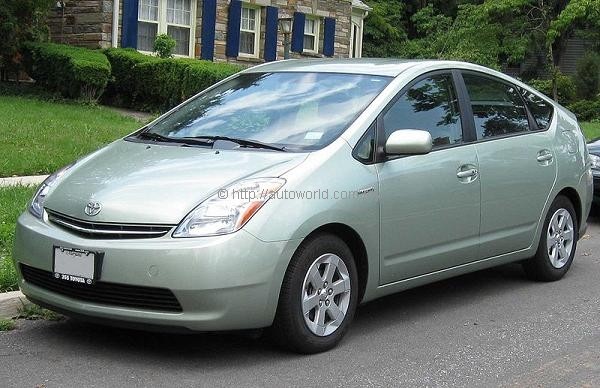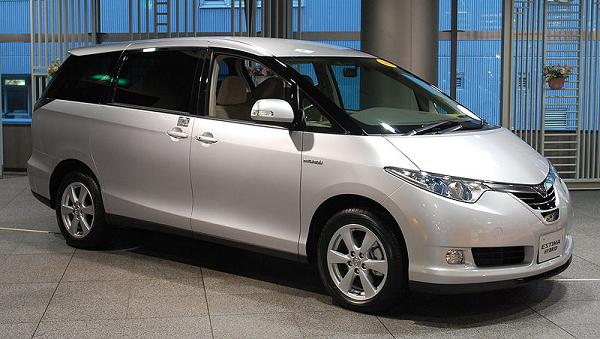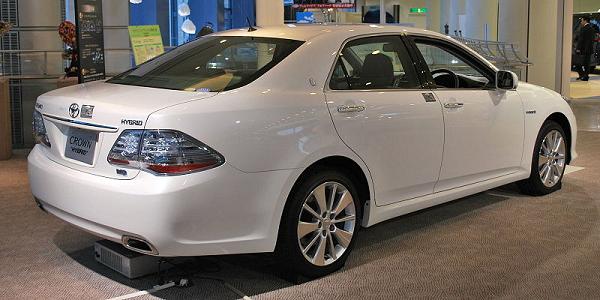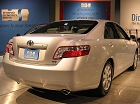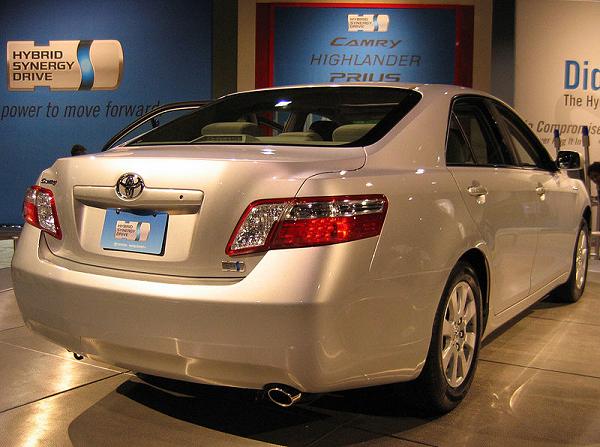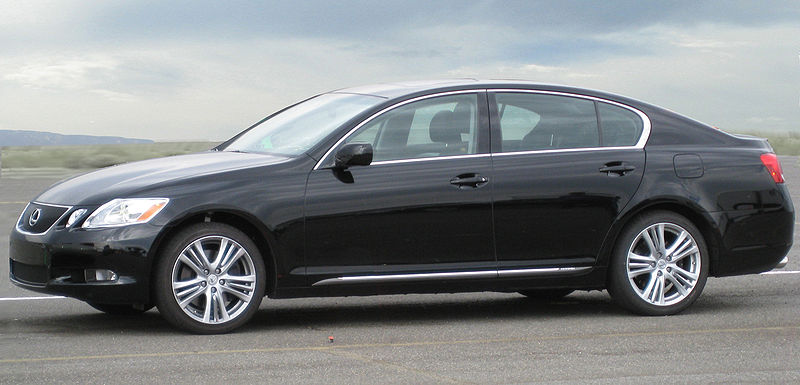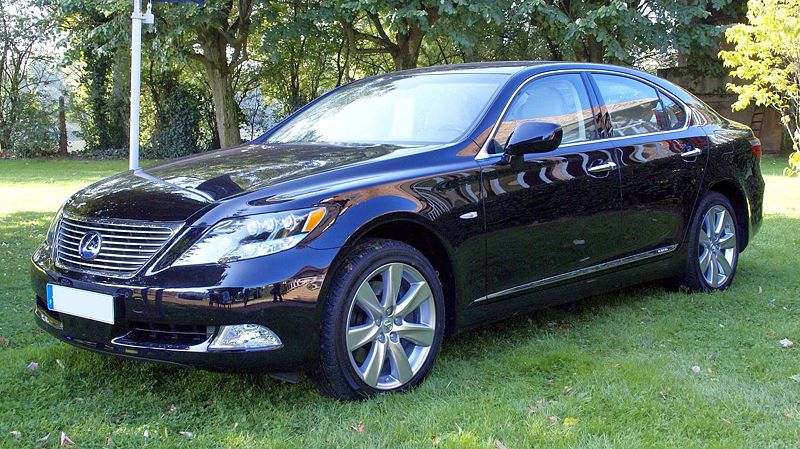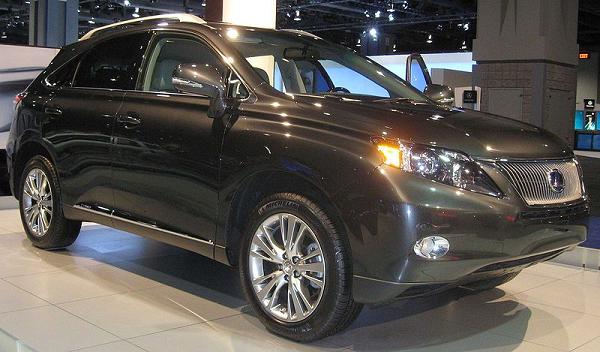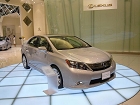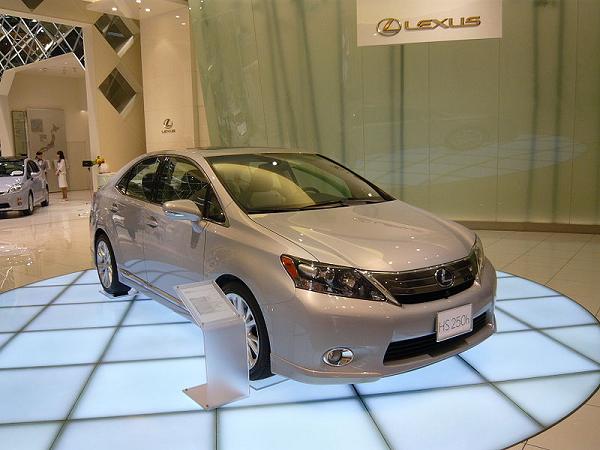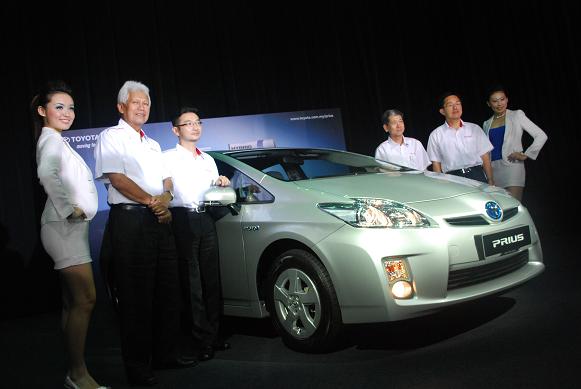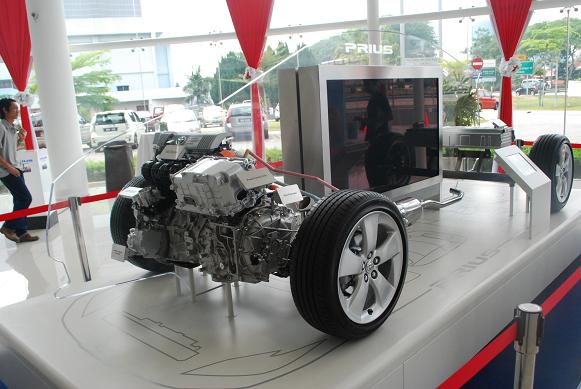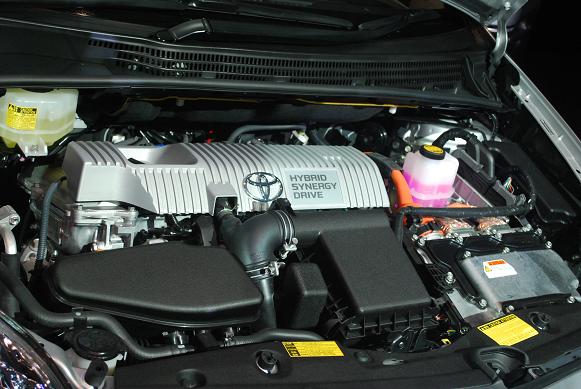Two million Toyota Hybrids sold worldwide
Pop-quiz: Who came out with the first petrol-electric hybrid vehicle? Toyota? Wrong. Honda? Wrong. Final chance. It’s Porsche. Yes, Porsche. Before he got around to the business of making sports cars, the first car built by Dr Ferdinand Porsche was actually a petrol-electric hybrid powered vehicle.
So, contrary to popular belief, the Toyota Prius is not the world’s first hybrid car. However, it is the world’s first commercially viable one, and what a success story it has been for Toyota. After Dr Porsche abandoned his research on making hybrids, other manufacturers, notably General Motors and Audi, also attempted to create hybrid propulsion, but none has managed to achieve the same stellar success that Toyota has.
GM’s foray in this field dates back to year Neil Armstrong walked on the moon, while Audi’s hybrid first appeared two decades later in 1989. Toyota, meanwhile, only introduced their answer in 1997. A magazine article I once read likened Toyota to a moving giant oil tanker: slow to change course, but once it does, it moves in its new direction at a relentless pace. Indeed, Toyota’s development of hybrid technology would prove this point.
The Toyota Hybrid System (THS) was unveiled in March 1997. Five months later, the minibus Coaster Hybrid EV was launched, followed by the first generation Prius in December. Fast forward twelve years to today, 2009, Toyota has placed a total of two million hybrid vehicles on roads worldwide. A staggering figure indeed.
However, it wasn’t a smooth birth for the Prius by any means. Toyota’s engineers in the Prius’ development team had to combat a variety of issues before a viable prototype was ready. Unreliable batteries, unfeasible deadlines, and unsupporting executives were just a few of the pressing problems faced by the 1,000 engineers in the team. Unfazed by the challenges, the team picked off the problems one by one until the Prius was ready for launch in December 1997.
By November 2000, cumulative sales of the Prius (then a Japan-only domestic model had reached 50,000 units. At about the same time, a midlife facelift was introduced, and the Prius was exported to selected markets, namely the United States and Australia.
Emboldened by the success of the Prius, Toyota went on to introduce hybrid versions of the Estima and Crown exclusively for the Japanese market in 2001. The following year, cumulative sales of hybrid vehicles breached the 100,000 mark in March, with the Prius nameplate reaching the same milestone five months later in August 2002.
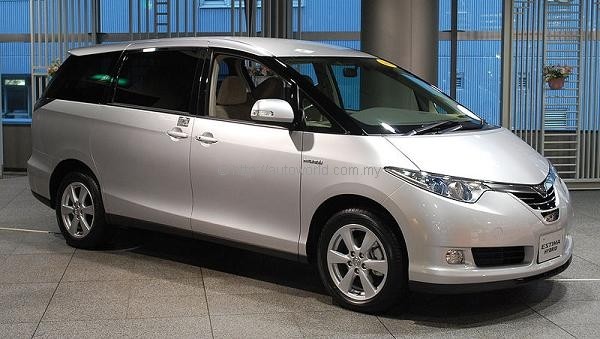 |
| Estima Hybrid |
Two-thousand-and-three was another big year for Toyota’s history in hybrid technology, with the introduction of THS II, also called Hybrid Synergy Drive (HSD), followed by the launch of the second-generation Prius. That same year also saw Toyota launch hybrid versions of the Alphard MPV as well as the commercial vehicles Dyna and Toyoace.
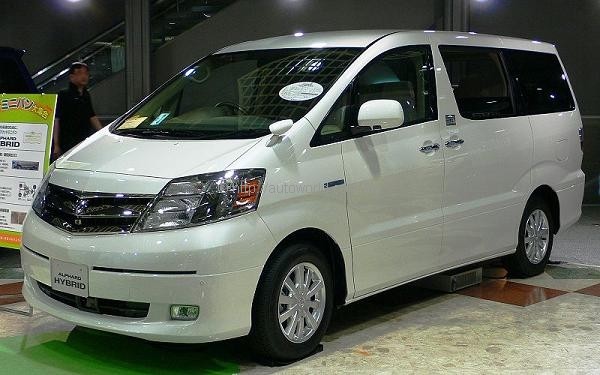 |
| Alphard Hybrid |
At this point in time, Toyota’s hybrid development was in full force. Hybrid versions of the Harrier and Kluger SUVs were launched in March 2005, and by October in the same year, Toyota’s cumulative sale of hybrid vehicles have reached 500,000 units. Production was ramped up with the Changchun Plant in China rolling out their first Prius in December 2005.
The 500,000th Prius was sold in April 2006, just a month after the Lexus GS450h was launched. In mid-2006, the Camry Hybrid and a redesigned Estima Hybrid, one sold exclusive outside Japan, the other exclusively inside, were introduced. Toyota’s Kentucky Plant in US began making the Camry Hybrid in October 2006, with the QuickDelivery 200 commercial van launched in Japan at the same time.
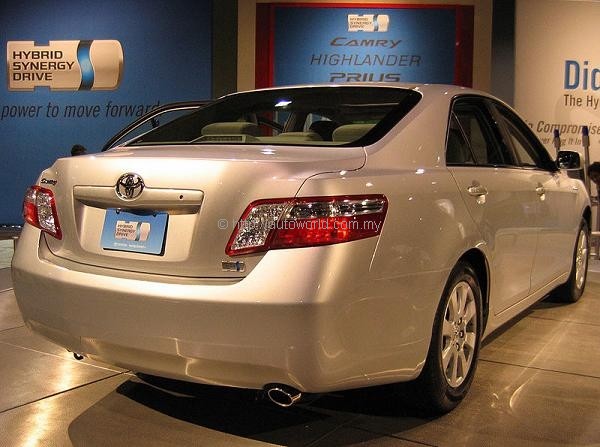 |
| Camry Hybrid produced in Thailand |
After reaching the 500,000 mark for cumulative hybrid vehicle sales, it took Toyota just a little more than a year to double that tally, reaching 1,000,000 units in May 2007, approximately ten years after Toyota first unveiled the technology. The 1,000,000th Prius rolled off the production line a year later. In between reaching those landmarks, Lexus introduced the LS600h/LS600hL limousines while Toyota unveiled the Crown Hybrid.
 |
| Lexus LS600h |
This year, Toyota’s hybrid lineup continued to expand. Lexus rolled out the RX450h in April, then the HS250h, the brand’s first dedicated Hybrid model, in July. The third gen Prius made its world debut in May, and was only recently launched for the Malaysian market by UMW Toyota Motor.
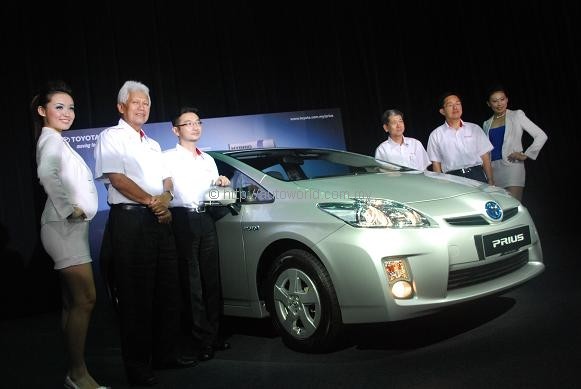 |
| UMW Toyota launching Prius gen 3 for Malaysia |
Having breached the two million mark in cumulative hybrid vehicle sales, the combined Toyota & Lexus line-up currently consists of 13 hybrid vehicles sold in 50 different countries. Toyota has no plans to rest on their laurels as they aim to be selling a million hybrids a year by 2010. By 2020, every model in Toyota’s and Lexus’ respective lineup shall be featuring at least one hybrid variant.
As of 31 August 2009, Toyota has calculated that their hybrid vehicles, since 1997, have saved the world 11 million tons of CO2 emissions. We have no idea how they arrived at those figures, but we doubt they are very far off with their claims.
The ultimate effectiveness of hybrid vehicles in the grand scheme of things will continue to be debated. Its opponents will always point out the fact that the costliness of hybrid technology would negate any potential savings brought about by its reduced consumption. However, that has not deterred the two million people, a few celebrities included, who have contributed to Toyota’s coffers over the past 12 years, and the way things are going, more will join the list.






